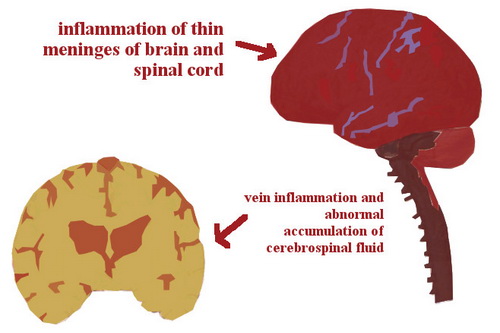
What Is Meningitis?
Meningitis is defined as the inflammation of the protective layers covering the brain and spinal cord. These protective layers are called meninges. The inflammation is usually the result of infection of the fluid that surrounds the brain and spinal cord. This fluid is called cerebrospinal fluid. The most common organisms that cause meningitis are viruses, bacteria, fungi and parasites. Bacterial meningitis is the most dangerous form of meningitis and is usually considered a medical emergency. Viral meningitis is more common but it usually leads to a complete recovery and the mortality rate is very low. Meningitis can also be caused by some drugs, brain surgery, and an injury to the head.
- Important notification about information and brand names used in this slideshow!
- Photo courtesy of tekksavvy by Wikimedia Commons : commons.wikimedia.org/wiki/File:Bacterial_Meningitis.jpg
- www.cdc.gov/meningitis/index.html
- http://www.drgreene.com/fast-facts-meningitis/
- http://www.health24.com/Mental-Health/Brain/Neurological-conditions/Meningitis-20120721

Types Of Meningitis
There are both infectious and non-infectious strains of meningitis. Infectious meningitis is caused by a variety of organisms like bacteria, viruses, fungi or parasites. Bacterial meningitis is a severe form of meningitis and is considered a medical emergency. Viral meningitis is the most common type of meningitis. It is also called aseptic meningitis. Another form of meningitis is fungal meningitis. This type of meningitis usually occurs in immuno-compromised patients. Parasitic meningitis is found in underdeveloped countries. It is usually caused by contaminated water, food, or soil. Non-infectious meningitis is when the illness does not spread from person to person. It is usually caused by some drugs, certain diseases (systemic lupus erythematosus, Sarcoidosis), and some types of cancers. It may also be caused by head injuries and brain surgery.
- Important notification about information and brand names used in this slideshow!
- Photo courtesy of Nathan Reading by Flickr : www.flickr.com/photos/nathanreading/6268271099/
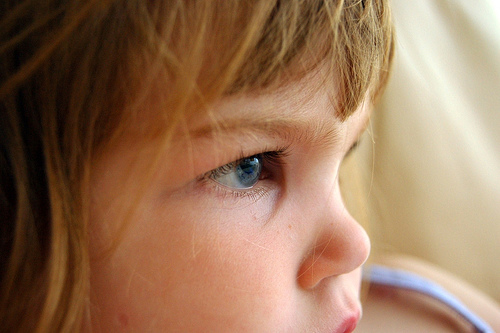
Who Is At Risk?
Categories of people who are at an increased risk of getting the disease are children under the age of five, teenagers and college students living in dormitories, people who are older than 55, people living in crowded places like camps and hostels, people with certain chronic illnesses such as chronic heart, renal or lung disease, diabetes, cancer, and immune deficient syndromes. There are also some other people who are at risk of developing meningitis. Such people include people who have not been vaccinated, who have a genetic tendency to inherit the disease, and who are travelling to areas where meningitis is common. Men are more likely to develop meningitis than women.
- Important notification about information and brand names used in this slideshow!
- Photo courtesy of David Maddison by Flickr : www.flickr.com/photos/davidmaddison/43501434/
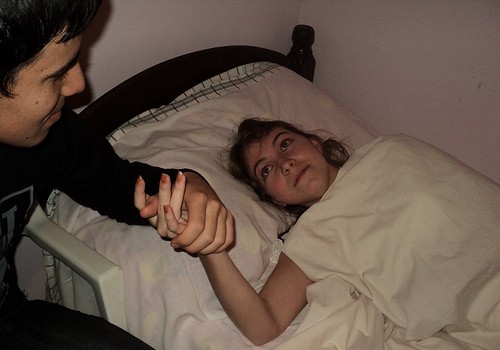
Signs And Symptoms
The symptoms may appear in a few hours or after several days, but they usually develop within 3 to 7 days. The most common or typical symptoms that occur in adults and children over the age of two years is a classical triad of high grade fever with chills, severe headache, and neck stiffness. The patient is unable to touch their chest with their chin. Besides these symptoms, nausea, vomiting, diarrhea, mental confusion, increased sensitivity to light (photophobia), and drowsiness are also seen. Patients may suffer from seizures at later stages of disease. High grade fever with cold extremities, irritability & moaning, poor feeding or refusal to feed are the symptoms seen in the newborns and infants.
- Important notification about information and brand names used in this slideshow!
- Photo courtesy of Holonko-Zurakoski-Olivera Chia by Flickr : www.flickr.com/photos/84992459@N04/7833555150/
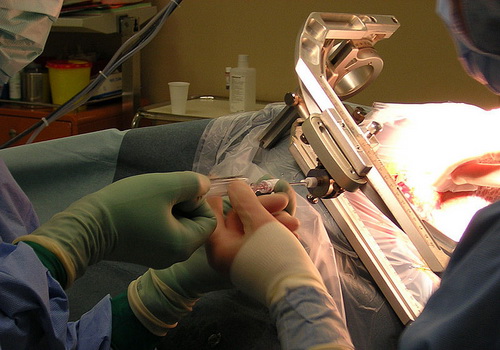
Meningitis Vs Meningococcal Disease
Meningitis is an inflammation of the coverings of the brain known as meninges. Fever, headache, and Nuchal rigidity are the typical symptoms of meningitis. On the other hand, Meningococcal disease is defined as an infection caused by a bacterium called Neisseria Meningitides. It is also known as Meningococcus. Meningococcal disease can cause other illnesses like pneumonia, pericarditis, myocarditis, pharyngitis, and conjunctivitis. When Meningococcus enters the cerebrospinal fluid, it causes the inflammation of meninges which is known as meningococcal meningitis. It is a very serious illness and mortality rate is very high if not treated appropriately.
- Important notification about information and brand names used in this slideshow!
- Photo courtesy of Dake by Wikimedia Commons : en.m.wikipedia.org/wiki/File:Brain_biopsy_under_stereotaxy.jpg
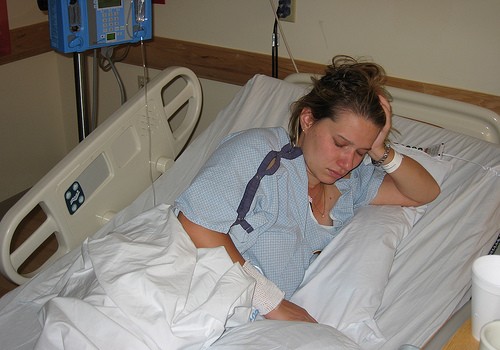
How Is Meningitis Treated?
Bacterial meningitis is initially treated with antibiotics. It is very important to start the treatment for meningitis as early as possible after the diagnosis of the disease. The sooner the treatment is started, lesser are the chances of complications and mortality. Appropriate antibiotics are given preferably by intravenous route. The duration of treatment depends upon the type of organism causing the disease. In the case of viral meningitis, antibiotics are not helpful. Only supportive therapy and symptomatic treatment is given. Good nursing care and assurance are, however, necessary for all types of meningitis. Symptomatic treatment is given in the cases where symptoms are causing trouble for the patients.
- Important notification about information and brand names used in this slideshow!
- Photo courtesy of Jacob & Kiki Hantla by Flickr : www.flickr.com/photos/hantlas/2113347701/
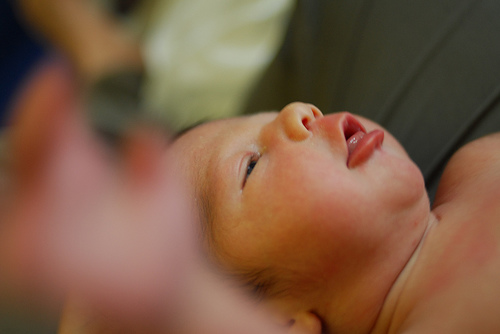
Outcome Of Meningitis
The outcome depends upon the type of meningitis and how early the treatment is started. Bacterial meningitis — the most severe type — can have a good chance of recovery if treated effectively and immediately. There are fewer chances of complications and disabilities when it is discovered early. If untreated, bacterial meningitis is almost always fatal. Mortality depends on the age of the patient and the type of pathogen causing the disease. Death or permanent damage can occur even with appropriate treatment. In the case of viral meningitis, the mortality rate is very low. Although the rate of recovery is slow, it can resolve even without treatment. In this type of meningitis patients may suffer some permanent damage which can cause disabilities. It is not necessary for everyone suffering from meningitis to have side effects. It may take from six months to one year for recovery.
- Important notification about information and brand names used in this slideshow!
- Photo courtesy of Salim Fadhley by Flickr : www.flickr.com/photos/salimfadhley/169704812/
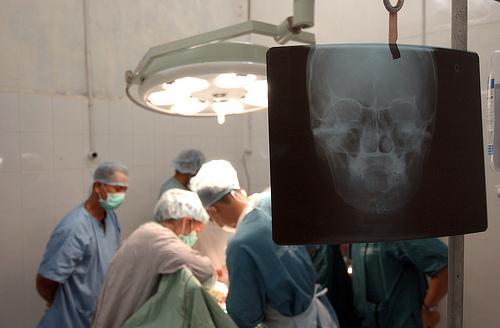
Physical Disabilities Caused By Meningitis
Physical disabilities are more common and severe in case of bacterial meningitis as compared to viral meningitis. The disabilities may be temporary or permanent. Hearing loss is one of the most common complications of meningitis. It is either temporary or permanent. Therefore it is advisable to have a hearing test after recovery from meningitis. Impairment of vision is also seen in many cases. It may be temporary and improve with the passage of time. Permanent vision loss is possible too. One or more parts of the brain may be damaged as a result of meningitis. Damage to brain tissue is more common in bacterial meningitis than any of the other forms. Other rare disabilities include muscular spasms, paralysis, stiffness of joints, and fits and seizures.
- Important notification about information and brand names used in this slideshow!
- Photo courtesy of MilitaryHealth by Flickr : www.flickr.com/photos/militaryhealth/7039324229/

Emotional And Behavioral After-Effects
Although patients suffering from meningitis show good recovery, the recovery rate is slow in the case of viral meningitis. It might take several months for total recovery to occur. During this period, many emotional and behavioral changes are commonly seen among patients. This is particularly seen in children and young adults. Headaches, tiredness, weakness, depression, and mood changes are the most common after-effects of meningitis. Besides that, some uncommon and rare symptoms include lethargy, difficulty in learning, lack of concentration, memory lapse, and balance problems. These emotional and behavioral changes are more common in viral meningitis. Bacterial meningitis may also cause the same after-effects.
- Important notification about information and brand names used in this slideshow!
- Photo courtesy of Julien Haler by Flickr : www.flickr.com/photos/titlap/5322424442/

Can Meningitis Be Prevented?
A few types of meningitis can be prevented. Vaccines are available against certain types of pathogens causing meningitis. These pathogens include Meningococcus type A and C, Pneumococcus and Haemophilus Influenzae type b (Hib). If the person is immunized according to the guidelines given by world health organization (WHO) and also gets vaccinated against these organisms, he can be protected against the disease. People who are in close contact with meningitis patients are advised to take antibiotics against disease-causing organisms as a prophylaxis. Maintaining good healthy habits and avoiding contact with high risk persons may also prevent the disease. Awareness of the signs and symptoms of the disease is extremely important as is helps in the prevention of the disease.
- Important notification about information and brand names used in this slideshow!
- Photo courtesy of Municipalidad de Talcahuano by Flickr : www.flickr.com/photos/talcahuanofotos/8622005041/











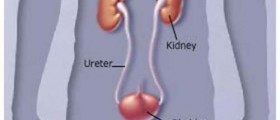


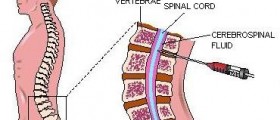

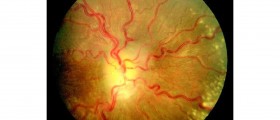
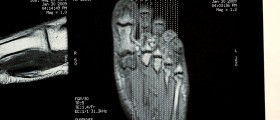
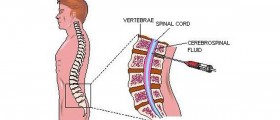
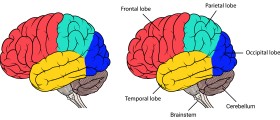
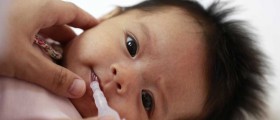





Your thoughts on this
Loading...